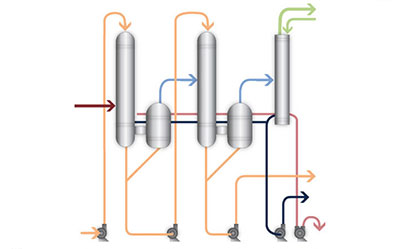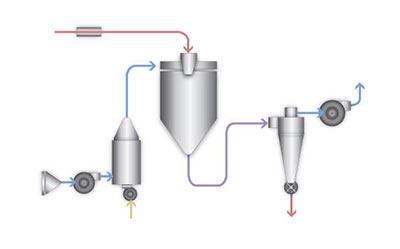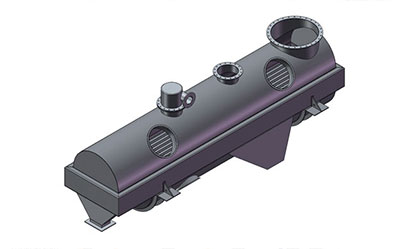SEI Contreras Engineering specializes in the design, engineering, construction, assembly and commissioning of equipment for the food and chemical industries, focused on the unit operations of evaporation and drying, widely used in most industrial process.
These unit operations allow the end products to have very different properties compared to the raw material. The possibility to reduce the water content from a product allows a better preservation even without requiring a cold chain for its storage and transportation, such is the case of milk powder or some concentrated juices. Other advantages include the reduction of the raw material overall volume, maximizing storage and transportation infrastructure, and also facilitating the dosage of the obtained product in the subsequent processes, for both industrial and end-user applications.
The main difference between an evaporator and a dryer is the physical state of the end product. Evaporators reduce the volume of a liquid feed, whether it´s a solution, suspension or emulsion and the end product is always a liquid, too. In the case of dryers, the end product is always a dry solid with very little water content (some cases less than 1 %), while the feed can be a concentrated liquid, such is the case of spray dryers, or a solid with a high water content, for which a href="equipos-secadores-flash.php">flash and rotary dryers are used.
In many cases evaporators and dryers are used in-line, since evaporating is much more energy efficient than drying. This is because in an evaporator the heating medium is steam and the heat exchanged by steam when changing its state into liquid water is much higher than the one exchanged by hot air, which is the standard heating medium for dryers. The goal is to concentrate the product as much as technically feasible in the evaporator and then send that concentrate to a dryer, obtaining an end product with the highest thermal efficiency and the lowest equipment investment.



